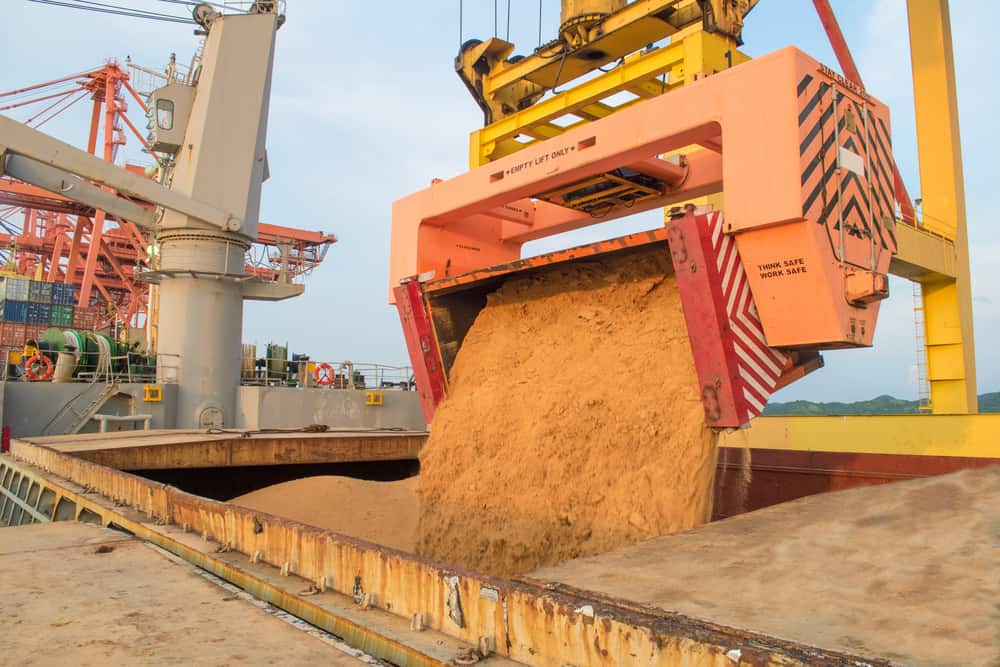Maritime transportation has a significant role in global trade as 90% of traded goods are carried over the sea.
Besides containerized cargo, according to United Nations Conference on Trade and Development (UNCTAD) data, 11.076 billion tons of cargo were carried over the sea in 2019. When we consider the diversion of cargo types from wine to crude oil, and clothes to agricultural products, cargo types other than containerized cargo could be classified into three major segments.
1. Liquid Bulk Cargo
Liquid bulk cargo is a cargo type which is carried in its free flowing or liquid gas form in any quantity by tankers such as crude oil, vegetable oil, chemicals, wine, LNG and LPG. According to UNCTAD data, 3.169 billion tons of liquid bulk cargo was transported by tankers over the sea in 2019 which is equal to 28.6% of the world’s bulk cargo transportation.
2. Dry Bulk Cargo
Dry bulk cargo is the term used for raw materials which are transported unpacked and homogeneous in any quantity by bulk carriers over the sea. Dry bulk cargo consists of mostly unfinished goods which are used in the global manufacturing and production process. There are five major bulk commodities: iron ore, coal, grain, bauxite and alumina, and phosphate rock. Additionally, minor bulk cargo includes forest products and the likes.
According to the UNCTAD 2020 Maritime Report, 3.225 billion tons of major bulk cargo and 4.682 billion tons of other dry bulk cargo was carried by the sea in 2019, which was 71.38% of total world bulk cargo transportation.
3. Break Bulk Cargo
Break bulk cargo, also known as general cargo, can be defined as the commodities which cannot fit in containers or cargo bins but are transported by general cargo vessels in unitized form such as palletized, drummed, etc. or non-unitized form such as a bundle. Break bulk cargo includes any cargo type from project cargo, and machinery to steel products or lumber.




